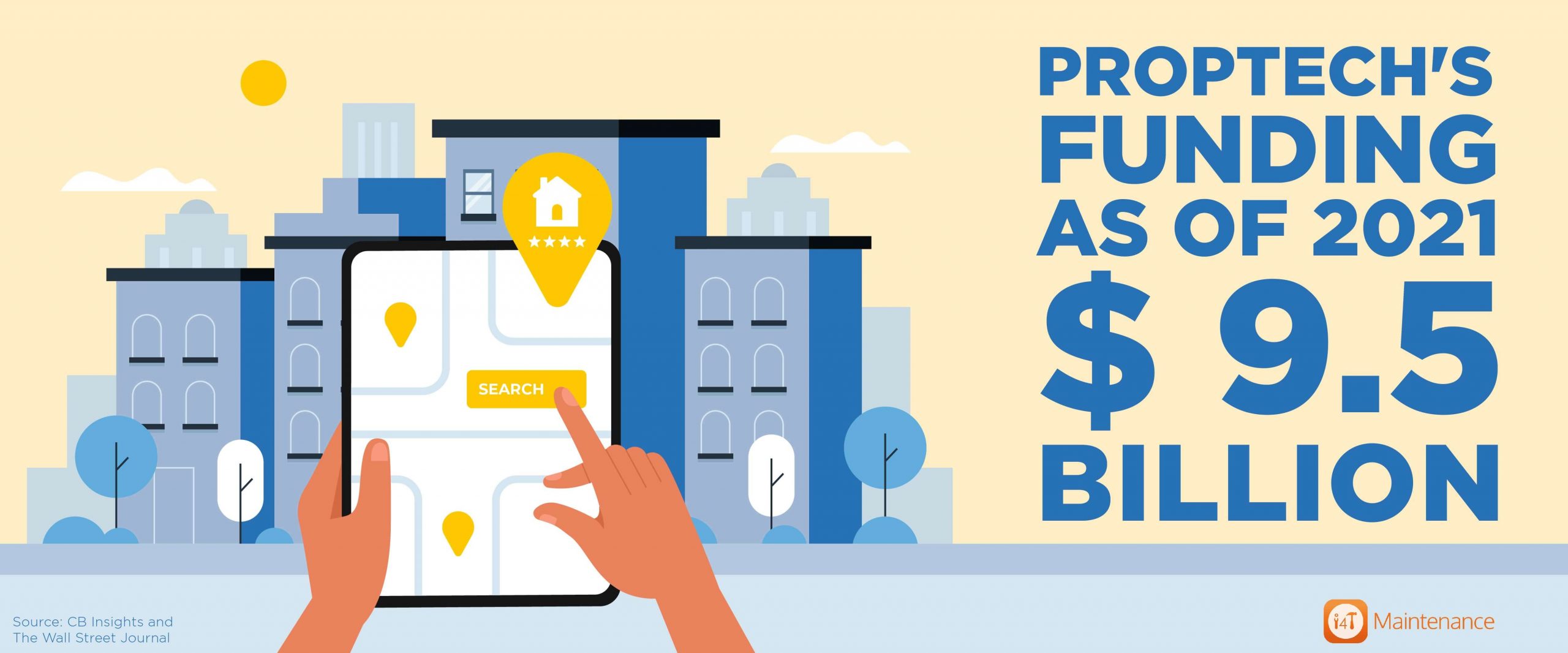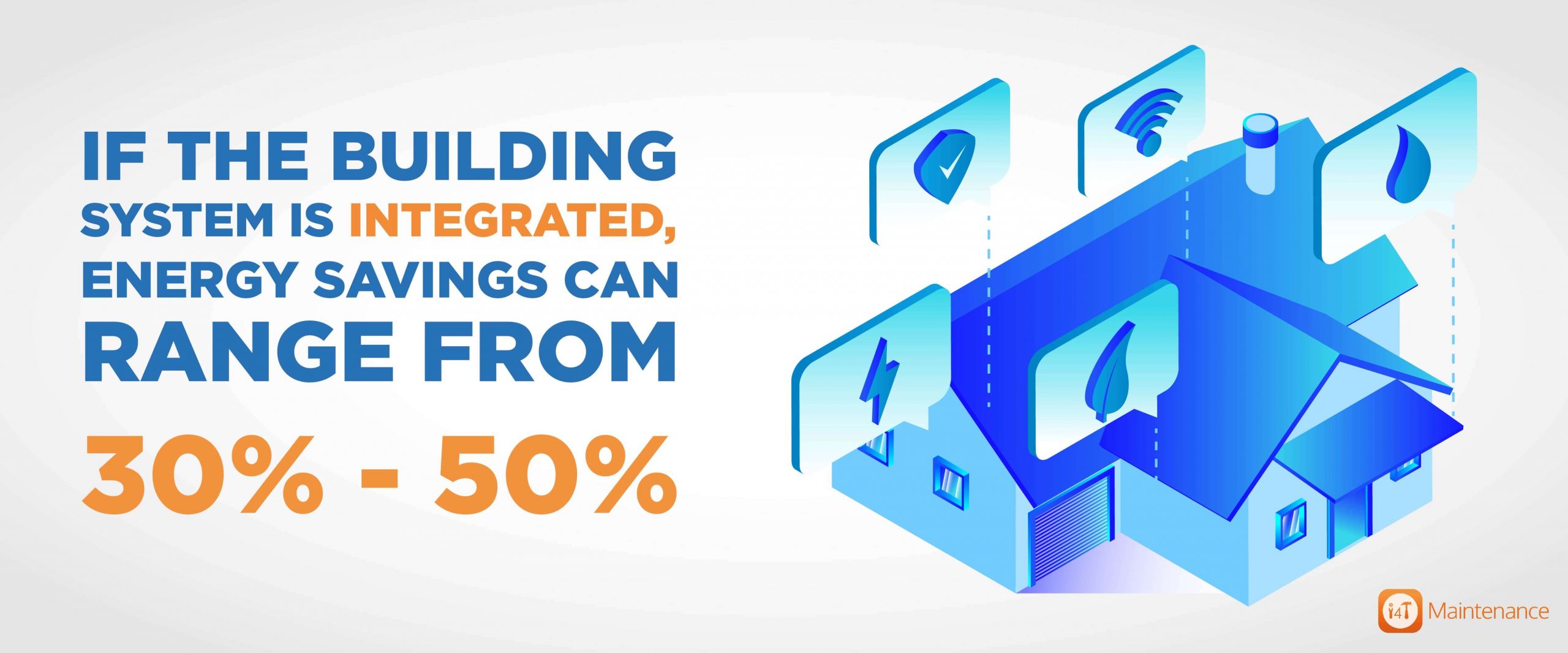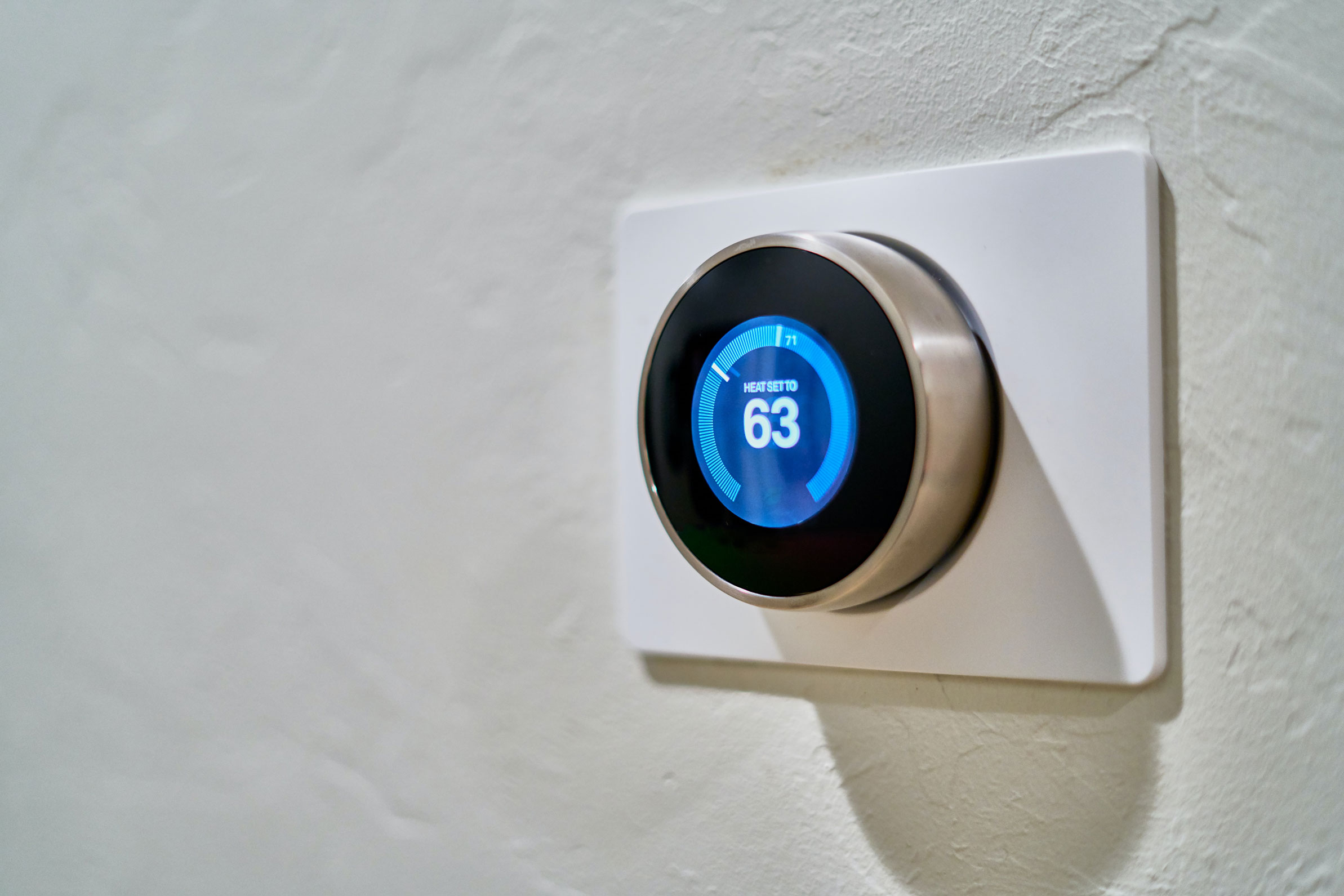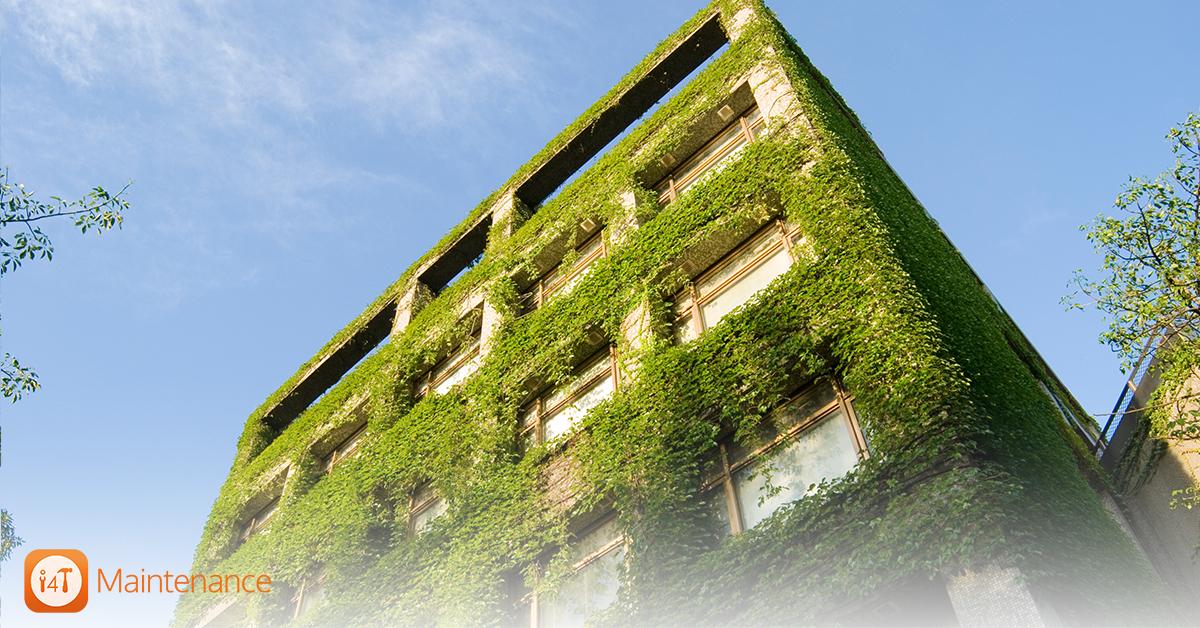Green PropTech is set to become an integral part of the Real Estate Landscape as property owners and managers focus on reducing costs and minimising the environmental impact of their assets.
The pandemic has taught us to understand the role of physical assets and properties. What kind of space are we living in to work and move through now? It has also had an impact on the importance of real-time data and decision-making at all levels of society, particularly in the built environment and PropTech sector.
PropTech's funding hits a new high of $ 9.5 billion in 2021, according to reports from data firms CB Insights and The Wall Street Journal.

Energy usage, or the consumption of electricity, water, and other sources of energy, is a heated topic in real estate and modern developments.
Many such buildings’ architects and contractors also optimise material use and take advantage of improved construction design. There are numerous new schools of thought, but one is having an impact on the market – PropTech implementation or PropTech solution.
Currently, energy efficiency is central to building construction. It is also important to the implementation of the facility in relation to proptech before, during, and after construction. Energy efficiency is also vital to Heating, Ventilation, Air-Conditioning (HVAC), new appliances, and even the act of building the structure. This is especially true for commercial buildings.
The Internet of Things, or IoT, lays the groundwork for energy conservation.
Global Warming Issue
The most significant issue for a large organisation is runaway costs, particularly in terms of energy consumption. With larger organisations comes a more extensive use of various types of electronic equipment. According to the United Nations Environment Program, commercial offices consume 30% of total energy consumption.

Overall, economies of scale may apply to the purchase of office equipment and amenities. However, the costs of energy usage does not; that cost remains fixed and multiplied per square metre. Managers understand that the larger the organisation, the more difficult monitoring energy usage is.
Sustainability in Proptech: Technology and a Greener Workplace
If the building system (air conditioning, lighting, and elevators) is integrated, energy savings can range from 30% to 50%.

Providing Energy-Effective Properties
Tenants and employees have higher expectations for their workplace than ever before, transforming the office from physical space to social hubs. The office must provide flexibility and connection, but most importantly, it must reflect employee values. Tenant companies need to focus on sustainability to meet the needs of today’s socially conscious workforce.
As a result, tenants will increasingly prefer to lease environmentally friendly properties. They will also adhere to green building standards, and invest in functional amenities. Simultaneously, landlords must report on their sustainability initiatives and share the results with tenants.
Buildings also generate about 40% of annual global carbon emissions and building operations account for 28% of those emissions, leaving room for improvement in the built environment.

IoT Sensors & Space Optimisation

Proptech Sustainability Solutions
Solutions for Energy Conservation
Offices have the potential to be massive electronic and power consumption ecosystems. Hence, inefficient use of any of these electronic machines snowballs to potentially thousands of hours of monthly usage. This unwittingly results in significant energy consumption – and the resulting high costs.
In total, offices are involved in a slew of critical initiatives. These are solely for the purpose of reducing excessive energy consumption.
Trends that will influence Green PropTech in 2022
Indoor Air Quality
As COVID-19 restrictions loosen around the world, the focus for businesses everywhere is on getting people back into the office. Tenants are demanding landlords and property owners provide accurate, transparent, and real-time data on indoor air quality. This will allow them to decide whether it’s safe to return to work.
Environmental sensors can provide data on the number of occupants in a space as well as particulate matter levels in the air, assisting in optimising tenant experience, health, and comfort levels.
ESG Reporting
In 2021, ESG reporting and investing will see a sharp increase as public attitudes. Similarly, investor demands shift toward greater concern for environmental and social factors. Again, the pandemic has accelerated this trend, and many companies now consider ESG reporting to be front and centre when establishing corporate purposes.
This trend is projected to accelerate in 2022. It’s likely that half of the global asset owners will use ESG data/analytics for their investment strategy by 2025. Furthermore, according to PwC research, institutional investors in Europe expect ESG and non-ESG products to converge, with 77% of these institutions stopping purchases of the latter beginning next year.
The demand for transparent and accurate ESG data will grow within the PropTech Space. Especially so as the world shifts toward a more sustainable mindset and relying upon eco-friendly energy sources.
Data-Driven Intelligence
During the pandemic, data-driven intelligence and machine-learning technologies proved useful for the real estate industry. It provided owners, investors, and tenants with a quick but detailed overview of their property and lease portfolios. As businesses were forced to close, landlords and tenants required timely and accurate information about their energy consumption.
In 2022, the use of data analytics is expected to continue and expand, including aiding in sustainability efforts. Data collection and analysis can significantly improve energy efficiency. This data can be used to modify systems to reflect the desired temperature, air quality, and energy usage during office hours. This in turn optimises tenant experience and ensures energy is not wasted if no one is in the office.
Future Outlook
Hot off the press!

With our cutting-edge technology and in-depth knowledge of how the Field Service Management sector operates, the i4TGlobal Team loves to share industry insights to help streamline your business processes and generate new leads. We are driven by innovation and are passionate about delivering solutions that are transparent, compliant, efficient and safe for all stakeholders and across all touch points.




